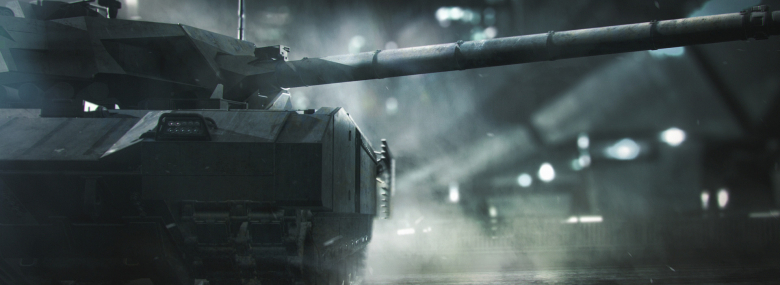

The history of the United States of America is a short one compared to the countries of the Old World, but it has been, until recently, a story of major success. Two world wars led to an era of prolonged but ultimately victorious conflict with the Soviet Union, leading to the collapse of the latter in 1997.
The first major conflict in its post-war history ended with a major victory and the successful Reunification of Korea, laying grounds to the Korean (and Japanese) economic miracle of the 1960s and 1970s. More political successes followed in the 1960s, such as the 1964 prevention of the Vietnam War by President Joseph F. Kennedy. Kennedy, having survived two attempts at his life, became one of the most influential as well as divisive American presidents of the 20th century and the Vietnamese Reconciliation efforts were largely attributed to him. However, his ties to the mob and his subsequent near-impeachment tarnished the legacy of the Kennedy line, which would never again the prominence it once had enjoyed following the infamous trial.
The 1960s were marked by the emergence of a counter-culture movement but without a major historical impetus, it had little to offer and slowly withered on the vine until the resurrection of its ideas in the early 21st century.
The 1970s-1980s were the era of true economic prosperity. With no major conflicts anywhere in the world taking place and more free trade agreements than ever, American history kept going in the right direction, or so it seemed at the time. A major fuel crisis was averted in the mid-1970s thanks to combined British-American influence in the Middle East as well as the stability brought by the western-backed rulers of the Middle Eastern nations that gained independence from the British following the Second World War. Despite some Soviet attempts at their erosion, the Arab ties to the British remained fairly strong.
It’s difficult to summarize another wave of American counter-culture rise of the 1980s in a few sentences. Despite the attempts to conserve the traditional American values within the population, the continued civil liberty movement agitation combined with mass immigration to satisfy the needs of America’s ever-hungry industrial base started to change the face of the United States forever. And so began the great decline, although it wouldn’t be truly felt until decades later.
The 1990s saw, aside from continued peace (including the increasingly tumultuous Middle East), the economic rise of China. The Red Dragon, as it became known, slowly but steadily ascended to the role of America’s strongest rival, surpassing even Russia around the turn of the century and taking over much of the world’s goods production.
What was China’s gain was someone else’s loss and that someone was the general population of the United States. The influx of immigrants willing to work for lower wages was fuelled by the decisions of corporate-bought politicians looking to provide cheap labor for their masters. Combined with a vast industrial exodus abroad, it impoverished the middle class and created hundreds of ghost town all across America, places that died when the main industry of the county shut down, all the while making corporations ever richer and more powerful.
The crime wave, driven by the desperate and the uncaring, reached such levels that a landmark decision was passed by the Supreme Court of the United States, allowing even civilians to wield previously heavily restricted weapons as the means to protect themselves against ever-better armed gangs and terrorist groups, calling upon the American tradition of citizen militia.
As it often happens in real life, in the end, it was the rich who benefited from the changes originally meant to protect the poor. By 2025, private corporate armies (including heavy weaponry) were effectively a reality under the same provisions that were meant for ordinary citizens.
In the meanwhile, starting from the early 2020s, major social unrest caused by these issues plagued all large urban areas in the United States. Local governors were forced to increasingly rely on the National Guard as well as heavily militarized police. This led to a certain level of power decentralization as a lot of manpower and equipment bled from the once mighty U.S. Army to the state level. As a side-effect, the troops needed to keep peace were not available in largely independent-thinking rural areas. In the southern states such as Arizona, this in turn led to a rise of gang activity around the border with armed skirmishes between south-American gangs becoming rather commonplace.
In 2028, the general decline of living standards continues and the rich who want to live in peace often have to rely on the services of Private Security Companies – in other words, mercenaries. It is a golden age for the soldiers of fortune as large corporations and even smaller nations often hire them to enforce their interests and mercenary captains becoming famous celebrities like the condottieri of old. Curiously, there hasn’t been a major armed conflict between corporations, at least not one both parties couldn’t convincingly deny. Yet.






